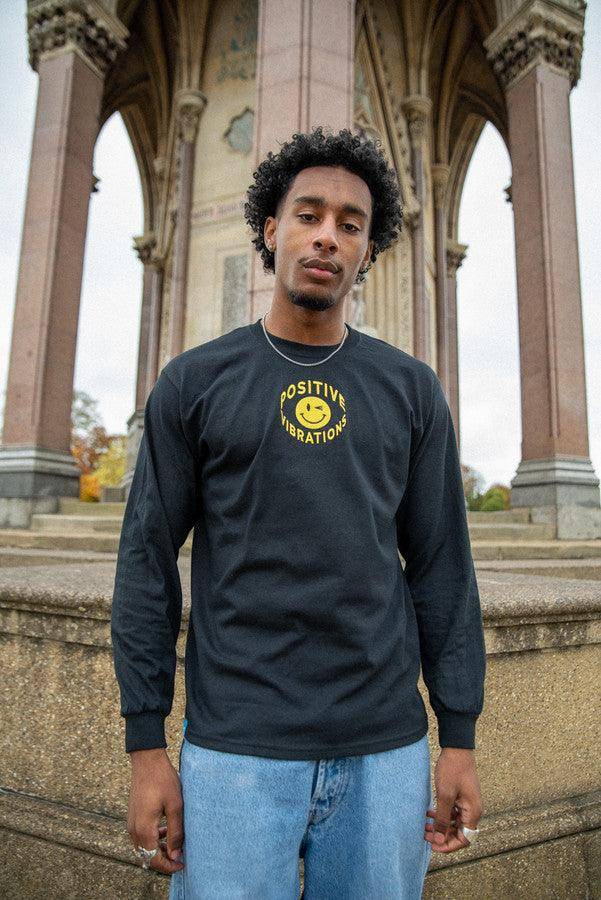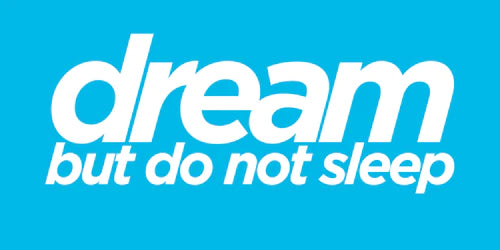
Tracing the Origins of UK Rave Fashion Through the Decades
Share
From underground dance floors to mainstream fashion runways, the evolution of UK rave fashion is a fascinating tale of rebellion, creativity, and cultural expression. What began as an underground movement in the 1980s and 1990s has now influenced modern styles and sparked the imagination of streetwear designers. Join us on a journey through the decades to explore the history of UK rave fashion, delving into iconic styles, trends, and the lasting impression this subculture has left on today's fashion landscape.
The Birth of Rave Culture and Its Fashion Roots
The UK rave scene emerged in the late 1980s, primarily as a reaction against the rigidity of conventional nightlife. This counterculture movement was driven by the pulsating beats of electronic music genres like acid house and techno, creating immersive experiences for those in attendance. These events, often held in clandestine locations such as warehouses and open fields, offered a sense of liberation and community that traditional nightclubs could not.
The early rave-goers sought clothing that matched the euphoric spirit of these gatherings. Comfort, freedom of movement, and a sense of belonging became central to rave attire. This led to the birth of a distinctive fashion that was both practical and symbolic.
Iconic Styles and Trends of UK 90s Rave Fashion
Baggy Jeans and DIY Aesthetic
The 1990s marked a significant decade for UK rave fashion. The quintessential look of this era involved oversized, baggy jeans paired with loose-fitting T-shirts. The emphasis was on comfort and the ability to dance freely.
DIY customisation became a hallmark of 90s rave fashion. Attendees would often personalise their clothing, using markers, paint, and patches to make a statement or align themselves with certain sub-communities within the rave scene. This trend of customisation laid the groundwork for what we see in modern streetwear today, as discussed in our article on Customisation and Personalisation Trends in 2025 Streetwear.
Vibrant Colours and Neon
The vibrant and often fluorescent colours of rave clothing in the 90s were designed to stand out in dimly lit environments filled with flashing lights. Neon hues became synonymous with rave culture, symbolising the energy and excitement of these all-night dance festivals. This love for bold colour palettes continues to resonate in contemporary UK streetwear fashion.
The Smiley Face
One of the most enduring symbols from this era is the smiley face. Adopted by the acid house movement, this icon was a representation of the joy and unity experienced on the dance floor. The smiley continues to inspire modern designs such as Dream But Do Not Sleep's Long Sleeved T-Shirt in Black With 90s Rave Smiley Embroidery and Navy Fleece 90s Rave Smiley Positive Vibrations Embroidery.
The Evolution to Modern Rave-influenced Streetwear
Rave fashion's influence extends far beyond its underground origins. As electronic dance music (EDM) gained popularity and festivals grew in prominence, rave fashion began merging with mainstream culture, even being embraced by high-end designers. Streetwear brands have reinterpreted elements of rave clothing, offering modern takes that balance nostalgia with contemporary aesthetics.
Festival Fashion
Festivals such as Glastonbury and Creamfields have become key cultural events, where fashion is as much a part of the experience as the music itself. Festival-goers continue to adopt rave-inspired styles—think bold patterns, functional footwear, and weather-appropriate but stylish outerwear. The Black Fleece Gilet With 90s Rave Smiley Embroidery is a perfect example of practical style for today's festival culture.
Streetwear Collabs and High Fashion
Streetwear brands have drawn heavily on rave culture, often collaborating with music artists and embracing the visual cues of the rave scene. The melding of streetwear and high fashion has been discussed in depth in our post, How Luxury Brands Are Adapting to Streetwear in 2025, which highlights the influence of these underground styles on prestigious fashion lines.
Regional Variations
The globalisation of streetwear and rave aesthetics has led to regional variations in style. In the UK, innovations are rooted deeply in the country's rich history of dance culture and stylistic experimentation. To understand how these styles differ around the world, check out our insights in Streetwear in 2025: Regional Differences and Similarities.
The Lasting Legacy of UK Rave Fashion
Rave culture has left an indelible mark on UK fashion, from the DIY ethos of the 90s to the modern reinterpretations in streetwear. Its legacy lives on in today's youth culture, offering a visual representation of freedom and unity. As the fashion industry continues to evolve, the influence of the UK rave scene serves as a testament to the power of music and community in shaping style trends.
To explore these styles and get inspired, visit Dream But Do Not Sleep where you'll find a curated selection of clothing capturing the spirit of rave fashion through the decades.


